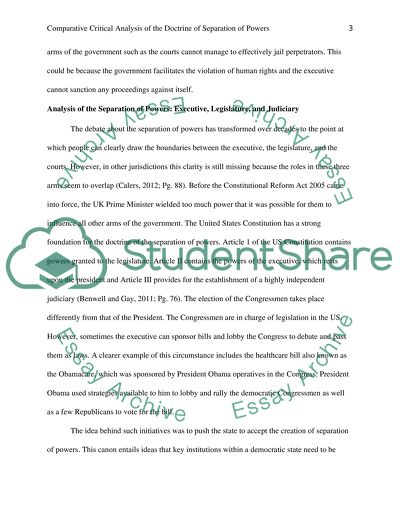Cite this document
(“Analitical skills Essay Example | Topics and Well Written Essays - 2000 words”, n.d.)
Retrieved from https://studentshare.org/law/1472029-analitical-skills
Retrieved from https://studentshare.org/law/1472029-analitical-skills
(Analitical Skills Essay Example | Topics and Well Written Essays - 2000 Words)
https://studentshare.org/law/1472029-analitical-skills.
https://studentshare.org/law/1472029-analitical-skills.
“Analitical Skills Essay Example | Topics and Well Written Essays - 2000 Words”, n.d. https://studentshare.org/law/1472029-analitical-skills.


